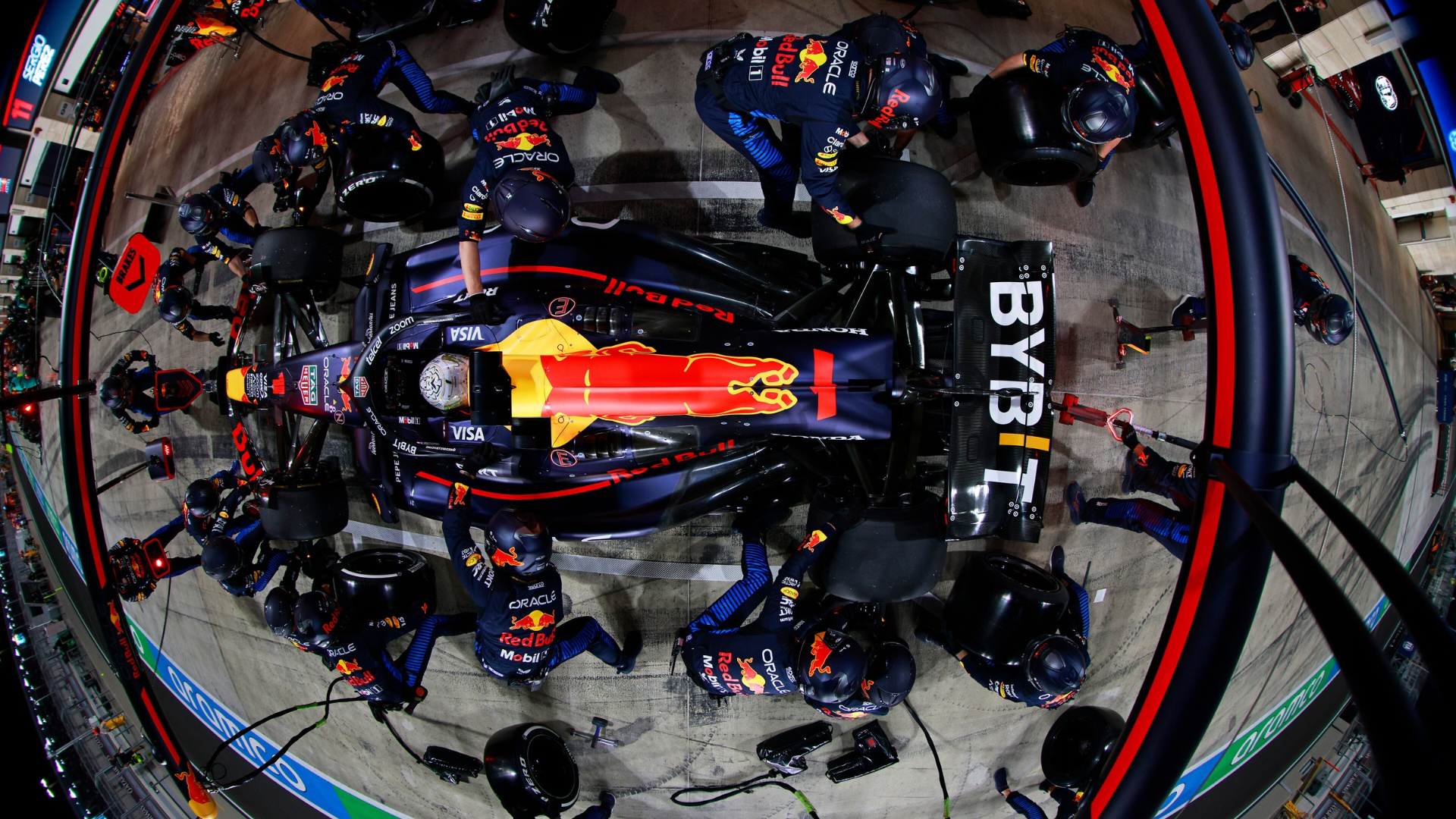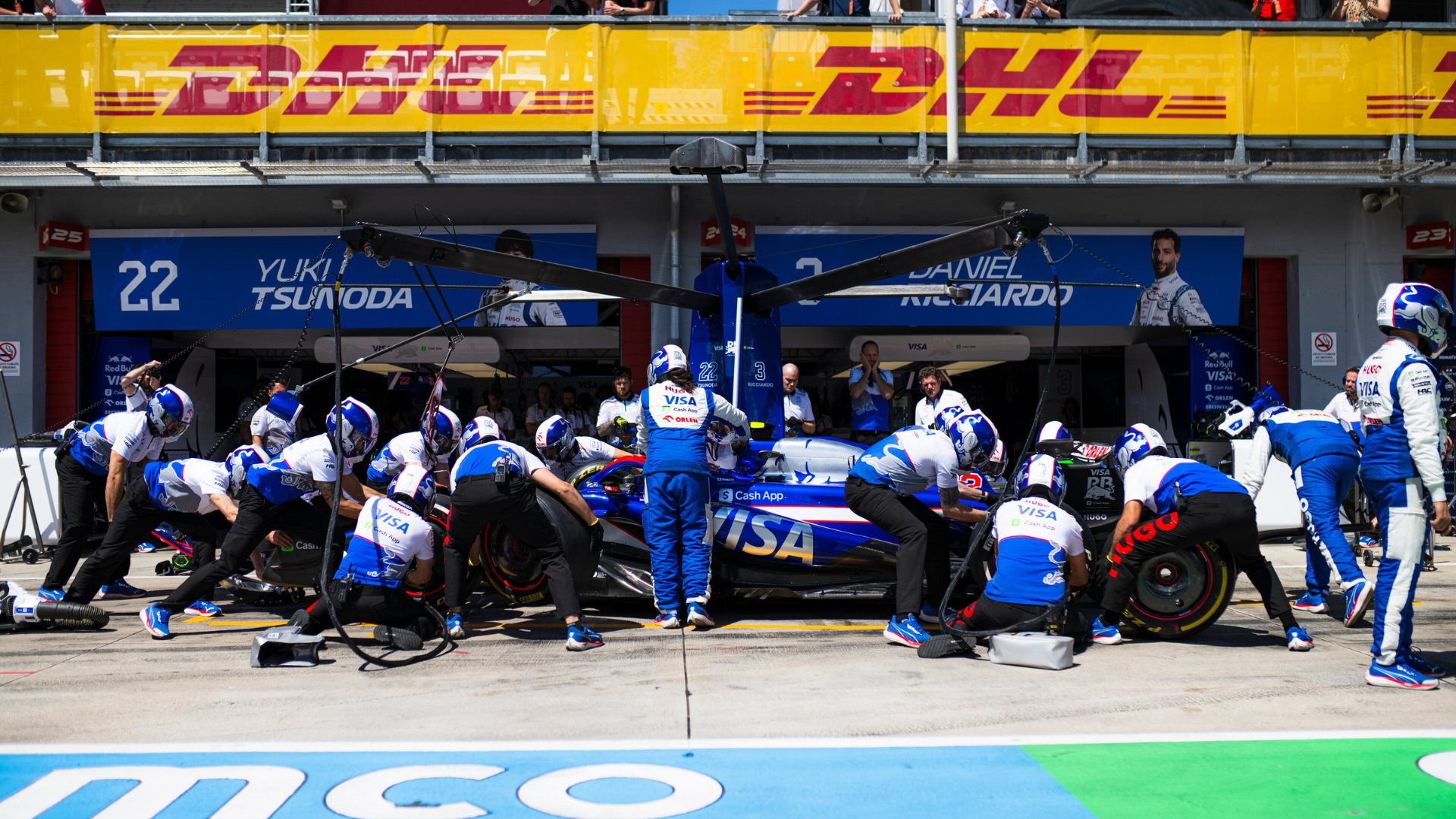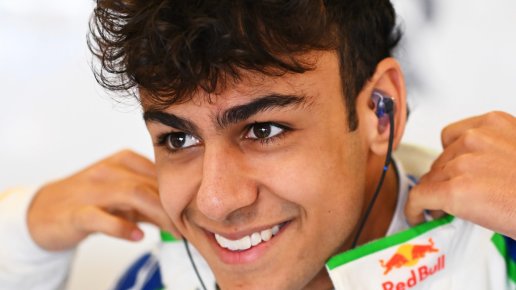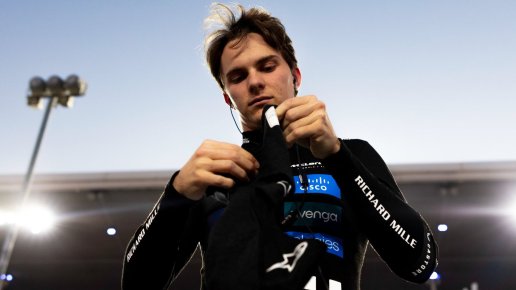
Photo: Getty Images / Red Bull Content Pool
F1 explained: What actually is a pit stop?

Pit stops are a crucial part of Formula 1, combining strategy, speed, and precision. How do these quick moments impact the outcome of a race, and what unforgettable mishaps have made F1 history?
F1 & MotoGP news to your inbox every day.
In Formula 1, pit stops are an essential part of the race. It’s when drivers pull into the pit lane to get new tyres, make adjustments, or perform repairs. But it’s not just about swapping tyres – pit stops are a carefully timed and strategic element that can determine who wins the race. Let’s break it down in simple terms.
Why do F1 cars stop in the pit?
The main reason drivers stop in the pit is to change their tyres. F1 cars use different types of tyres depending on the weather and track conditions. For example, soft tyres offer more grip for faster lap times, while hard tyres last longer but don’t provide as much speed. There are also intermediate and wet tyres for rainy weather conditions.
One important rule in F1 is that drivers must use two different types of tyres during a race, if the comditions are dry (if it’s raining this rule doesn’t apply). This ensures fairness, as different tyres have different performance levels. By making drivers change tyres, it keeps things more competitive and safe.
How it works?
When the strategists decide it’s time for a driver to pit, the team manager will call the pit crew – typically around 23 people – to get ready.
Each member of the crew has a specific job. Some are in charge of putting the wheels on and taking them off, while others handle the guns or the front jack. In the time it takes to change the tyres, adjustments might be made to the front wing, the rear wing and visor may be cleaned, and sometimes the sidepods are cleared out as well.
For the driver, the main task is to hit their marks when pulling into the pit box. This ensures that the crew doesn’t have to adjust their position, which could cost valuable seconds. It also helps prevent accidents, especially with the front jack man, who would take the full impact if the driver overshot their position.
From inside the cockpit, the driver can barely see anything other than several figures in helmets swarming around the car like a swarm of wasps. The car is lifted up onto the jack and dropped with a heavy thump – the driver definitely feels it in their back.
During the stop, drivers must grip the steering wheel tightly and press hard on the brake pedal to allow for a smooth tyre change. They wait for the green light, which signals it’s safe to go, then hit the throttle and race back out onto the track.
The pit stop strategy: Overcut vs. Undercut
Pit stops aren’t just about changing tyres – they’re a strategic element that can make or break a race. Teams plan the timing of the pit stops carefully, hoping to gain an advantage over rival drivers.
The two main stategies are:
- Undercut: This happens when a driver enters the pits earlier than others, hoping to gain positions by coming out with fresh tyres and passing drivers who are still on worn tyres.
- Overcut: This strategy involves staying out longer on the track before pitting, hoping that by the time the driver makes the stop, their rivals will have worn tyres, giving the driver an advantage when they return to the track.
The key to both strategies is timing – and knowing when to make the call to pit can make all the difference. Sometimes teams wait and leave their driver out longer, hoping for a Safety Car to be deployed, which slows down the grid and therefore allows the drivers to lose less time in the pits.
A quick historical snapshot
Pit stops in Formula 1 have changed a lot since the early days. In the 1950s and 1960s, pit stops were slow and simple. The teams would only change tyres, and it could take several minutes. There was no refuelling during races, so the stop wasn’t as critical for the outcome of the race.
As the sport developed, so did the pit stops. In the 1970s and 1980s, teams started focusing on making their pit stops faster. They used better tools, like lighter jacks and stronger wheel guns, to change tyres more quickly. Pit stops were still a little slow, but teams were starting to realise how important they were.
By the 1990s, pit stops became much faster. Teams began using more specialised equipment and created better strategies for their stops. By the late 1990s, changing all four tyres could be done in under 10 seconds.
Not even 20 years later, concretely in 2009, the time spend in the pit lane was much shorter as Red Bull made a huge leap, achieving a 2.3-second pit stop, which set a new standard for the sport.
The biggest change came in 2010, when refuelling during races was banned due to its danger. This meant pit stops were focused only on changing tyres and making small adjustments. Without refuelling, teams needed to make their stops even faster, aiming for quick tyre changes to gain an advantage in the race.
In 2023, McLaren set a new benchmark for pit stop performance, achieving the fastest-ever pit stop in F1 history at just 1.8 seconds during the Qatar Grand Prix, beating Red Bull's previous record of 1.82 seconds from the 2019 Chinese Grand Prix.
Looking at 2024, no one was able to beat McLaren’s last year record, but Red Bull came close in China with 1.9 second stop. The team from Woking then equalled the time at the Mexican Grand Prix but no one went under that mark.
A few unforgettable moments from the pit lane
- Nelson Piquet, Canada 1980: Nelson Piquet made an unforgettable blunder during the 1980 Canadian Grand Prix. As he pitted, his team made an error by not securing the tyre properly. When Piquet accelerated to leave the pit, the loose tyre rolled off the car, causing a red flag and forcing the Brazilian to retire. The mistake became a humorous but costly pit stop fail.
- Jos Verstappen, Hockenheim 1994: One of the most unforgettable moments in F1 pit stop history happened during the 1994 Hockenheim Grand Prix. Jos Verstappen’s stop went horribly wrong when fuel was accidentally sprayed over his car, causing it to catch fire. Thankfully, he escaped with only minor burns. This incident led to a new safety rule: drivers must now keep their visor closed when entering the pit lane.
- Christijan Albers, France 2007: In a bizarre moment during the French Grand Prix, Christijan Albers drove off with the fuel hose still attached to his car. The sight of the hose dragging behind the car as he sped away made for some unforgettable footage, highlighting the chaos that can sometimes happen in the heat of a pit stop.
- Lewis Hamilton, Canada 2008: In the 2008 Canadian Grand Prix, Lewis Hamilton made a critical mistake after leaving the pit lane. He failed to notice that the traffic lights at the end of the pit lane were still red, leading to a collision with Kimi Raikkonen. Both drivers were forced to retire from the race, marking a costly mistake in Hamilton’s career.
- Kimi Raikkonen, Bahrain 2018: A pit stop gone wrong during the 2018 Bahrain Grand Prix saw Kimi Raikkonen accidentally run over one of his mechanics, breaking his leg. The incident occurred because Raikkonen's lights turned green while the mechanic was still finishing the tyre change. This mistake highlighted the risks involved in pit stops, where timing and communication are everything.
- Valtteri Bottas, Monaco 2021: During the 2021 Monaco Grand Prix, Valtteri Bottas experienced one of the most frustrating pit stops in F1 history. He failed to position his car perfectly, causing the wheelgun to miss the tyre nut. This led to the tyre becoming stuck, and it took a staggering 43 hours for the team to finally remove it, setting the record for the longest pit stop ever.








